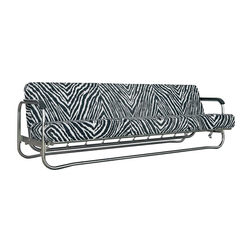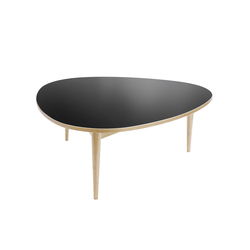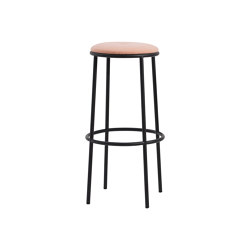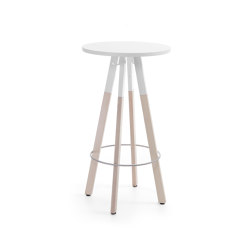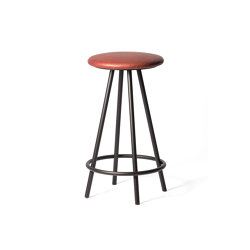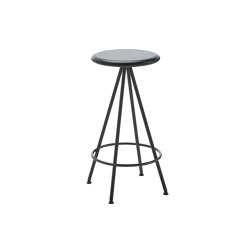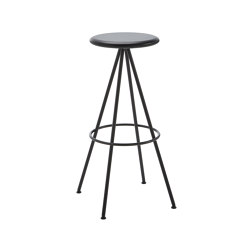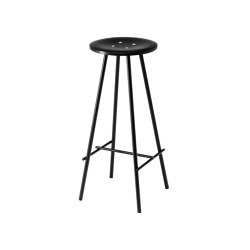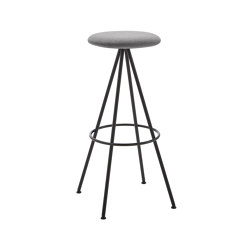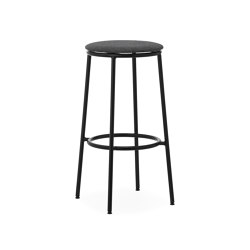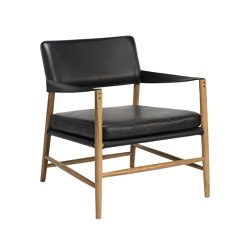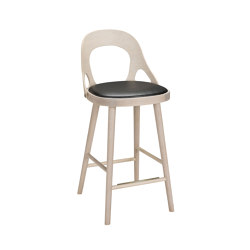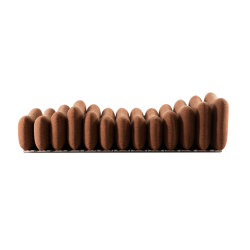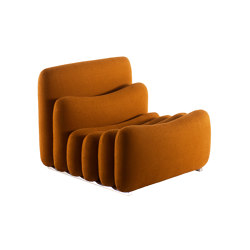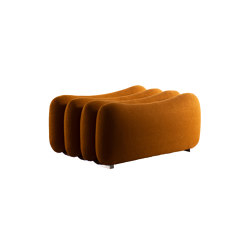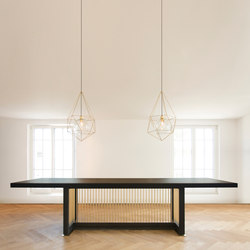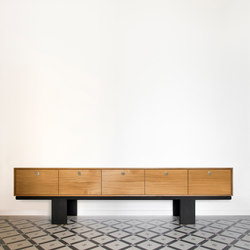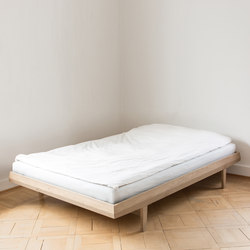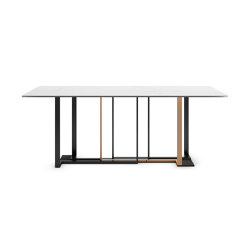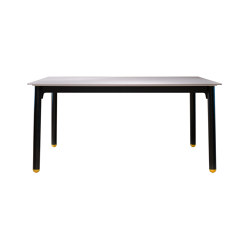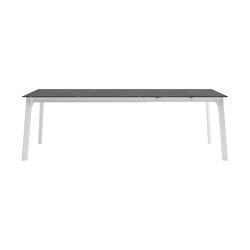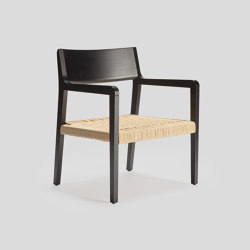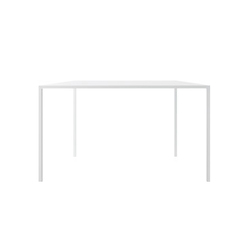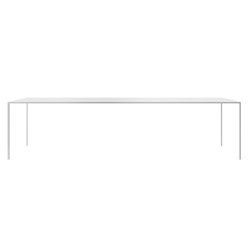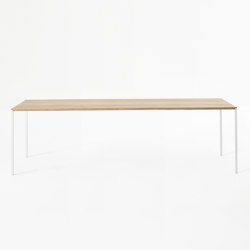Bill | Bar Stool
Bar stools from wb form ag, Designed by Max Bill
- Family gallery
- Family gallery
- Family gallery
- Family gallery
- Family gallery
- Family gallery
- Family gallery
- Family gallery
- Family gallery
- Family gallery
- Family gallery
- Family gallery
- Family gallery
Product description
Die max bill Kollektion ist bekannt für ihre Klarheit, Einfachheit und mathematische Logik.Nun wurde die zeitlose Möbelkollektion um ein weiteres Trendstück ergänzt. Der Bill-Barhocker ist der Klassiker unter den Barhockern. Für die «Bar du Théâtre» an der Expo 64 in Lausanne wurde er von max bill, der dort als Architekt für den Sektor «Bilden und Gestalten» verantwortlich war, entworfen. Den beliebten Bill-Barhocker von 1964 gibt es neu mit vier, anstatt drei Beinen. Die Sitzfläche ist mit schwarzem, weichen Leder gepolstert und das Gestell verchromt, wie beim Dreibeiner. Auch der neue Hocker steht dadurch für Funktionalität und Langlebigkeit und passt zur Formel von max bill «Schönheit aus Funktion und als Funktion».
MASSE IN CM: H/B/T
79 / 35 / 35
FARBEN
Schwarz
MATERIAL
Sitzfläche Leder schwarz,
Gestell vierbeinig, verchromt
MASSE IN CM: H/B/T
79 / 35 / 35
FARBEN
Schwarz
MATERIAL
Sitzfläche Leder schwarz,
Gestell vierbeinig, verchromt
Concept
The Max Bill Collection is characterised by clarity, simplicity and mathematical precision.
Max Bill’s wooden furniture is the physical expression of his belief that functionality, as well as the economy of materials and design, should be combined with meeting form-related and aesthetic demands. Bill’s designs and products are based on qualities such as functionality, longevity and an economic use of materials.
For Max Bill, industrial design was of particular importance in the economic upturn during the post-war years and because of the widespread destruction left by the war: he saw industrial design as an opportunity to improve the environment with versatile products. Following the US example, the aesthetics of things were becoming important during this period. For the first time, exemplary products – most of which were ‘anonymous’ factory designs – were given a prominent place in the magazines. Authorities like Max Bill and Siegfried Giedion had a clear attitude: they despised any design that would only serve commercial interests and that, in so doing, would follow fashionable trends, thus fostering a throwaway mentality.
Max Bill’s wooden furniture is the physical expression of his belief that functionality, as well as the economy of materials and design, should be combined with meeting form-related and aesthetic demands. Bill’s designs and products are based on qualities such as functionality, longevity and an economic use of materials.
For Max Bill, industrial design was of particular importance in the economic upturn during the post-war years and because of the widespread destruction left by the war: he saw industrial design as an opportunity to improve the environment with versatile products. Following the US example, the aesthetics of things were becoming important during this period. For the first time, exemplary products – most of which were ‘anonymous’ factory designs – were given a prominent place in the magazines. Authorities like Max Bill and Siegfried Giedion had a clear attitude: they despised any design that would only serve commercial interests and that, in so doing, would follow fashionable trends, thus fostering a throwaway mentality.
More about this product
Categorised in Seating - Bar stools - Seat upholstered - without armrests - without backrest - 4-leg base - open base - Metal - Base metal - Leather - Seat leather - Residential - Contract - Hospitality.
Manufacturer
wb form ag
Family
Bill
Architonic ID
1390177
Year of Launch
2015
Year of Design
1964
Similar products
This product has been archived. Product information may no longer be up to date.
Similar products
Where to buy this product
Where to buy this product
